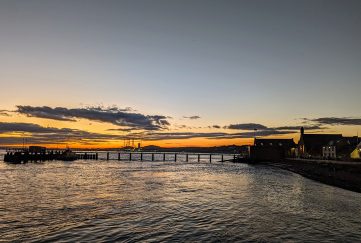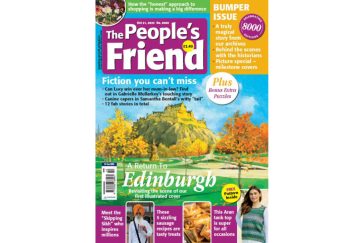“Our Gracious Queen”: The Life Of Queen Elizabeth II
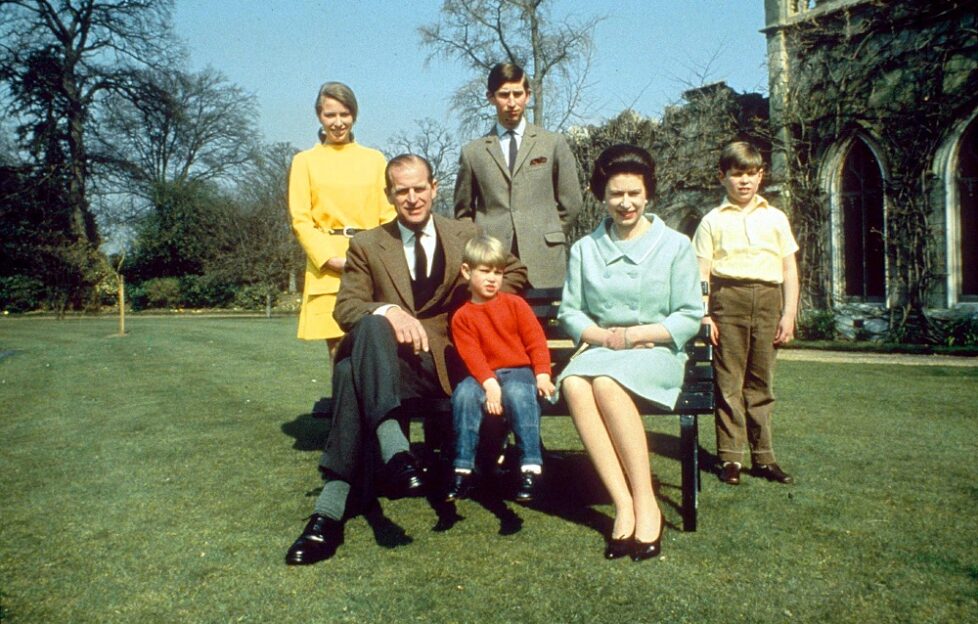
Ian Lloyd celebrated the Platinum Jubilee with this tribute to the life of Queen Elizabeth II . . .
Elizabeth II was only twenty-five years old when she became Queen on February 6, 1952. Her father, George VI, who was suffering from cancer, had died in his sleep in the early hours of that day from a coronary thrombosis.
He was only fifty-six, and had he lived another 20 or 30 years, his elder daughter would have reached middle age without having the burden of monarchy thrust upon her shoulders.
Meanwhile the Duke of Edinburgh would have continued his service with the Royal Navy while, on leave, he would have been very much head of the family at Clarence House, the London residence they had only moved into in the summer of 1949.
A Love Match
When she married Lt Philip Mountbatten in Westminster Abbey on November 20, 1947, it was a love match that captured the nation’s imagination.
Winston Churchill called it “a flash of colour on the hard road we have to travel”, referring to the post-war austerity and rationing.
Austerity had eased considerably by the time Elizabeth was crowned in Westminster Abbey almost six years later.
No souvenirs had been made for her wedding and it wasn’t made a bank holiday.
The Coronation was a different matter.
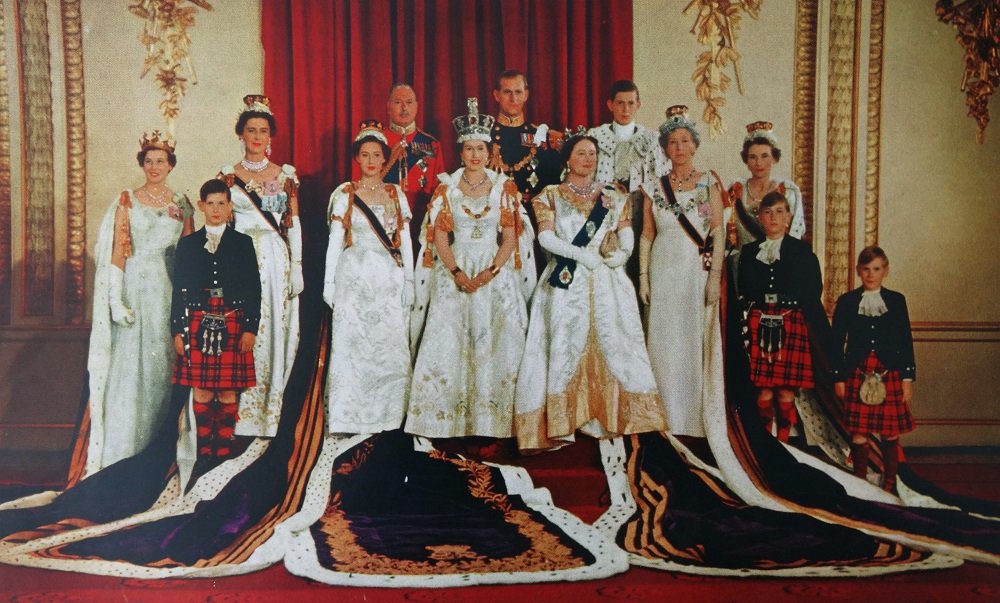
It was the one of the greatest British pageants of the last century. Three million people lined the processional route through the streets of London, with many camping out overnight despite the unseasonal drizzle that developed into heavy rain during the day itself.
For the first time the service was broadcast live, and 27 million people in the United Kingdom watched the Coronation on television.
The sale of TV sets rocketed ahead of the day, and those lucky enough to own one invited relations and neighbours in to watch the six-hour coverage, led by Richard Dimbleby, the voice of royal broadcasting for over 15 years.
A further 11 million listened to the radio broadcast.
In Touch With The People
The late 1950s the Queen began hosting small lunch parties at which she met people from different walks of life who had all contributed something to Britain, from top scientists to rugby players.
In another attempt to become closer to her subjects, Elizabeth agreed to televise her Christmas broadcast live from Sandringham House in Norfolk.
A few months earlier, another first was made when a shy and nervous eight-year-old Charles arrived at Cheam Preparatory School, making him the first heir to the throne to be educated at a school.
William Heseltine’s Influence
The second decade of the Queen’s reign saw two additions to the family.
On February 19, 1960, the Queen gave birth to her second son, Prince Andrew Albert Christian Edward, at Buckingham Palace.
A third son, Prince Edward, was born in March 1964, also at the palace, though this time with Prince Philip, for the only time, witnessing the birth of one of his children.
In 1964 a new face joined the palace press team. William Heseltine was a young and dynamic Australian, and he adopted a publicity-friendly approach to royal ceremonies.
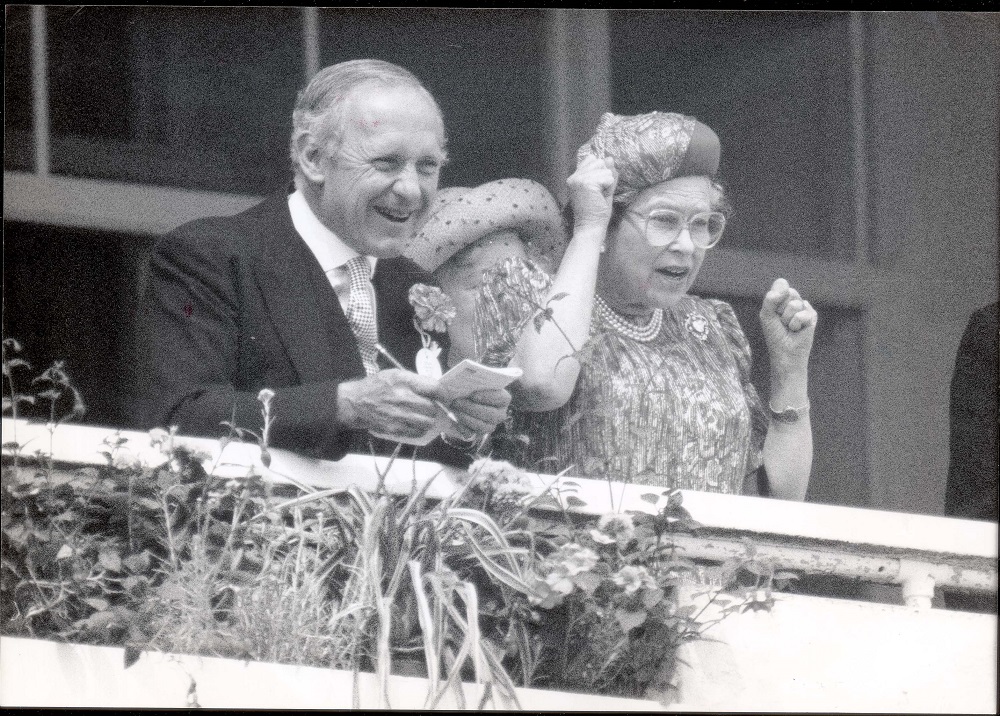
The Queen Celebrates Alongside Her Private Seccretary Sir William Heseltine at Epsom in 1989.
The Queen’s Christmas broadcast was televised in colour for the first time in 1967.
That same year, British yachtsman Francis Chichester returned from sailing around the world single-handed.
The Queen knighted him, but for once in public, before TV cameras in Greenwich, using the sword Queen Elizabeth I had used to knight Francis Drake.
Going Walkabout
In 1972, the Queen and Duke celebrated their silver wedding anniversary with a thanksgiving service at Westminster Abbey.
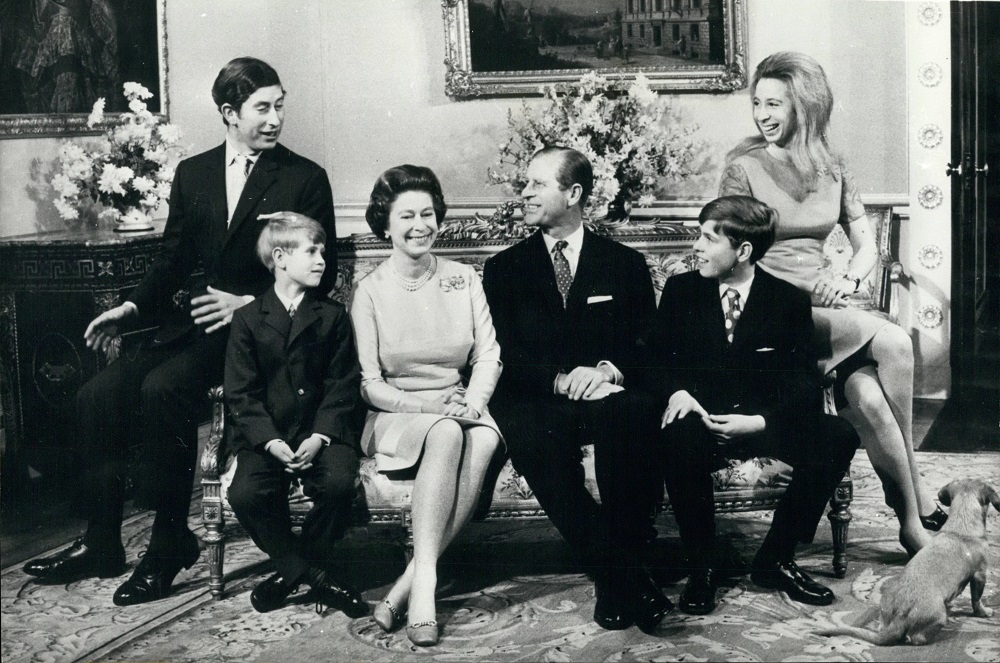
Celebrating the Silver wedding anniversary with the family.
Afterwards they took part in what is regarded as their first royal walkabout in London.
The idea came from William Heseltine, and it was designed to bring Queen and people closer together.
Before then she had only ever met the great and the good, or a whole line of officials, when she attended an engagement.
Now she could stop and chat to “ordinary” folk who had taken the time to stand and wait in all kinds of weather for the royal car to halt and the monarch to greet her public as well.
The highlight of the decade was the Queen’s Silver Jubilee celebrations which, like her later jubilees, was celebrated in June rather than on her accession day, which, of course, was also the anniversary of her father’s death.
As with the later Golden Jubilee, the Queen visited all parts of the UK and some of the overseas territories she is monarch of: Australia, Canada, New Zealand and Jamaica.
Into The Eighties
The 1980s began with celebrations for the Queen Mother’s eightieth birthday in 1980, but it was a much larger family event – the marriage of Prince Charles, the heir to the throne to twenty-year-old Lady Diana Spencer – that really caught public interest.
The media frenzy with Diana never abated.
The arrival of Prince William in June 1982, followed two years later by Prince Harry, only increased press interest in the young family.

Prince Harry’s birth in 1984.
Annus Horribilis
The 1990s were the lowest point of the Queen’s reign.
The decade started well, with the whole family riding high in the opinion polls.
The 40th anniversary of the Queen’s reign fell in 1992, and she contributed a voice-over to another landmark TV documentary, “Elizabeth R”.
As the year panned out, the monarchy was faced with crisis after crisis.
While many still revered the Queen, patience with the next generation of royals was beginning to wear thin.
Five years later the unthinkable happened, and the nation appeared to turn on the Queen in the fall-out from the death of the Princess of Wales and her boyfriend, Dodi Fayed, in a car crash in Paris.
As near hysterical crowds poured out their grief on the streets of the capital, the Queen remained in seclusion at Balmoral Castle, caring for her grandchildren.
Diana’s fans, seeking a scapegoat, criticised the monarch.
At one point she sat on the stairs at the castle and said, “I think I’ve been around too long.”
The Queen was supported through the crisis by the unwavering loyalty of her mother and sister, and it was a shock to Elizabeth when her sister had a slight stroke while holidaying in Mustique in 1998, and the following year badly burned her feet in an accident while again staying on the island.
The princess and her mother died within seven weeks of each other at the start of the Queen’s Golden Jubilee year of 2002.
Golden Jubilee
The nation came together to celebrate Her Majesty’s 50 years on the throne, and after appearing on the palace balcony in front of the cheering multitude in the Mall, she was seen to have tears in her eyes as she returned inside.
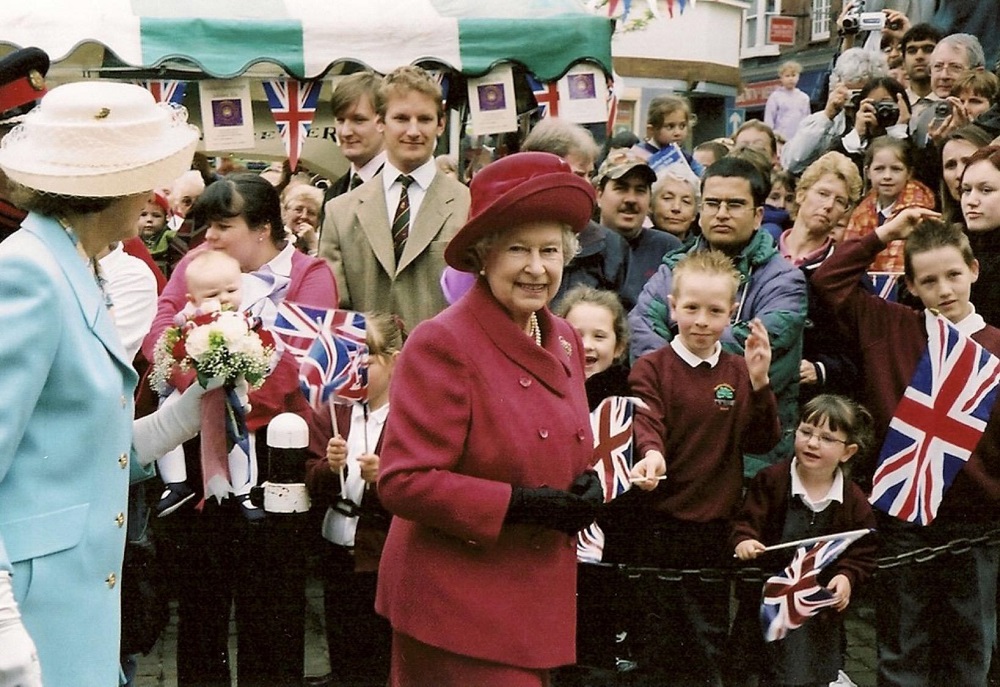
The Queen visits Aylesbury for her Golden Jubilee.
Some expected the Queen to announce her plans to retire after half a century at the helm, but to the monarch who has always regarded her position as a sacred one, since she was not only crowned Queen but anointed as one, abdication was never an option.
A New Millennium
In the 2000s two landmark occasions were a high point of the decade.
In April 2006, the Queen reached the age of eighty and marked the day with a walkabout in the streets of Windsor.
Initially, she had not wanted a fuss and was always determined to avoid the annual jamboree that accompanied her mother’s birthday, with huge walkabouts each year outside her London home, Clarence House.
There was more adulation the following year, when she became the first British monarch to celebrate a diamond wedding anniversary.
Elizabeth watched with pride as William and Harry both followed in the family tradition and served in the Armed Forces.
In 2006 she attended two Sovereign’s Parades at Sandhurst when her grandsons passed out: Harry in April and William in December.
Comfortably Beloved
In the late 1960s, Prince Philip suggested that they were about to enter the least interesting phase of the Queen’s reign, as the royal couple were, by then, comfortably middle-aged with the glamour of youth behind them.
He also predicted that his wife would be venerated in her later years, in the way Queen Victoria was over a century before her.
The Duke proved to be prescient, as respect and affection for the Queen has remained high over the past decade, even among non-monarchists.
The 2010s began on a positive note, with the wedding of Prince William to Catherine Middleton in Westminster Abbey in April 2011.
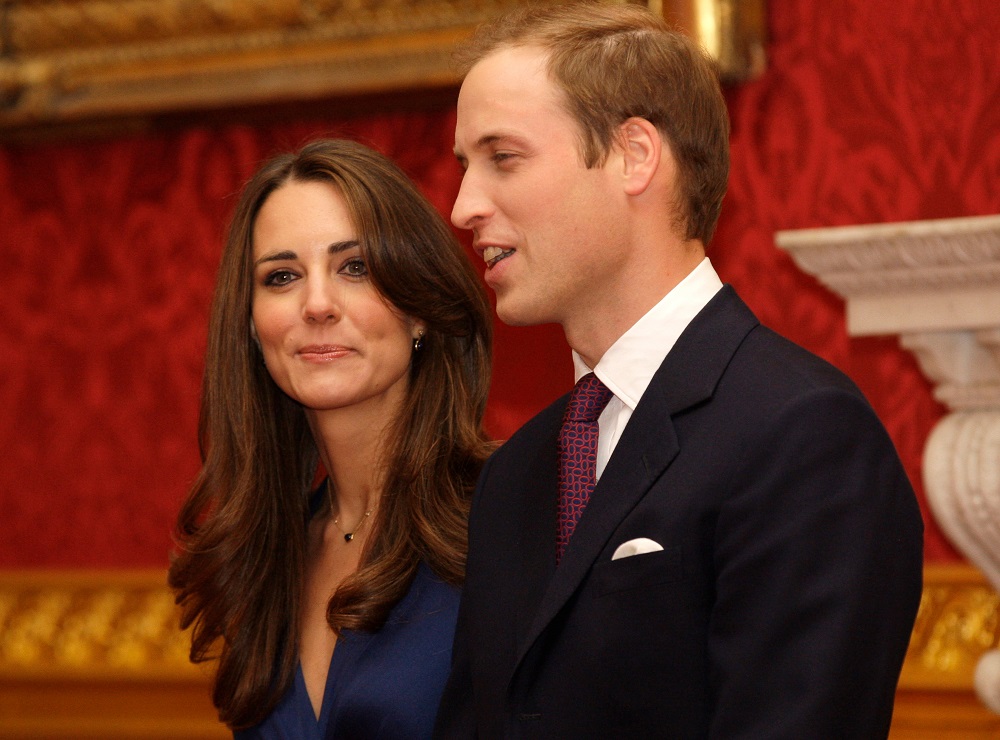
Prince William and Kate Middleton announce their engagement.
The past few years have had their share of sadness for the Queen, chiefly with the passing of the Duke of Edinburgh after 73 years of marriage.
There have also been, on a positive note, the weddings of her grandchildren Zara, Harry, Eugenie and Beatrice, and the arrival of 12 great-grandchildren.
These included George in 2013, making the Queen the only monarch, other than Queen Victoria, to live to see three generations of future monarchs.
She had also lived long enough to take her mother’s place as a much-loved royal matriarch, and this summer we had the opportunity to show her just how well-respected and hugely popular she was.
Read Ian’s touching obituary to the life of Queen Elizabeth II.



